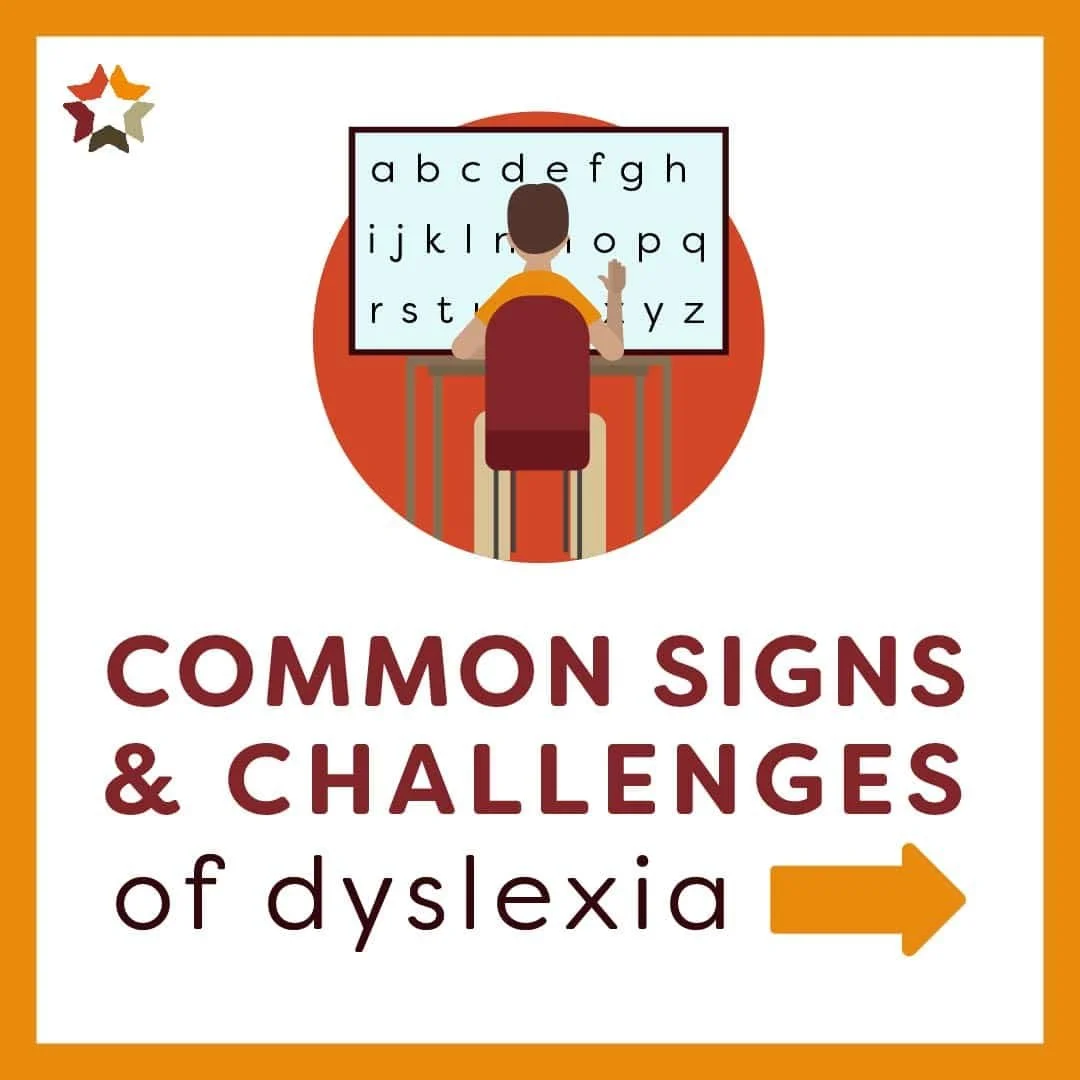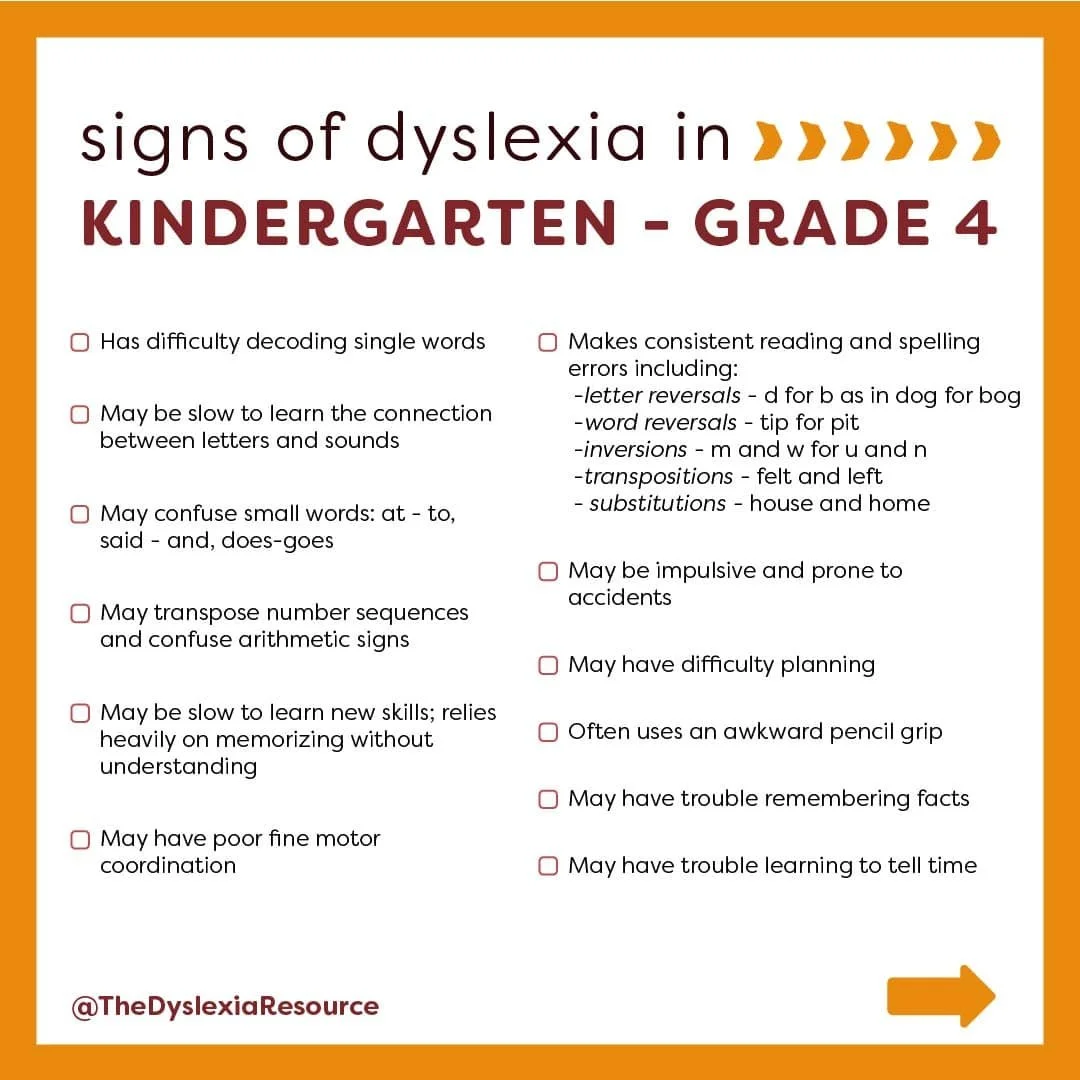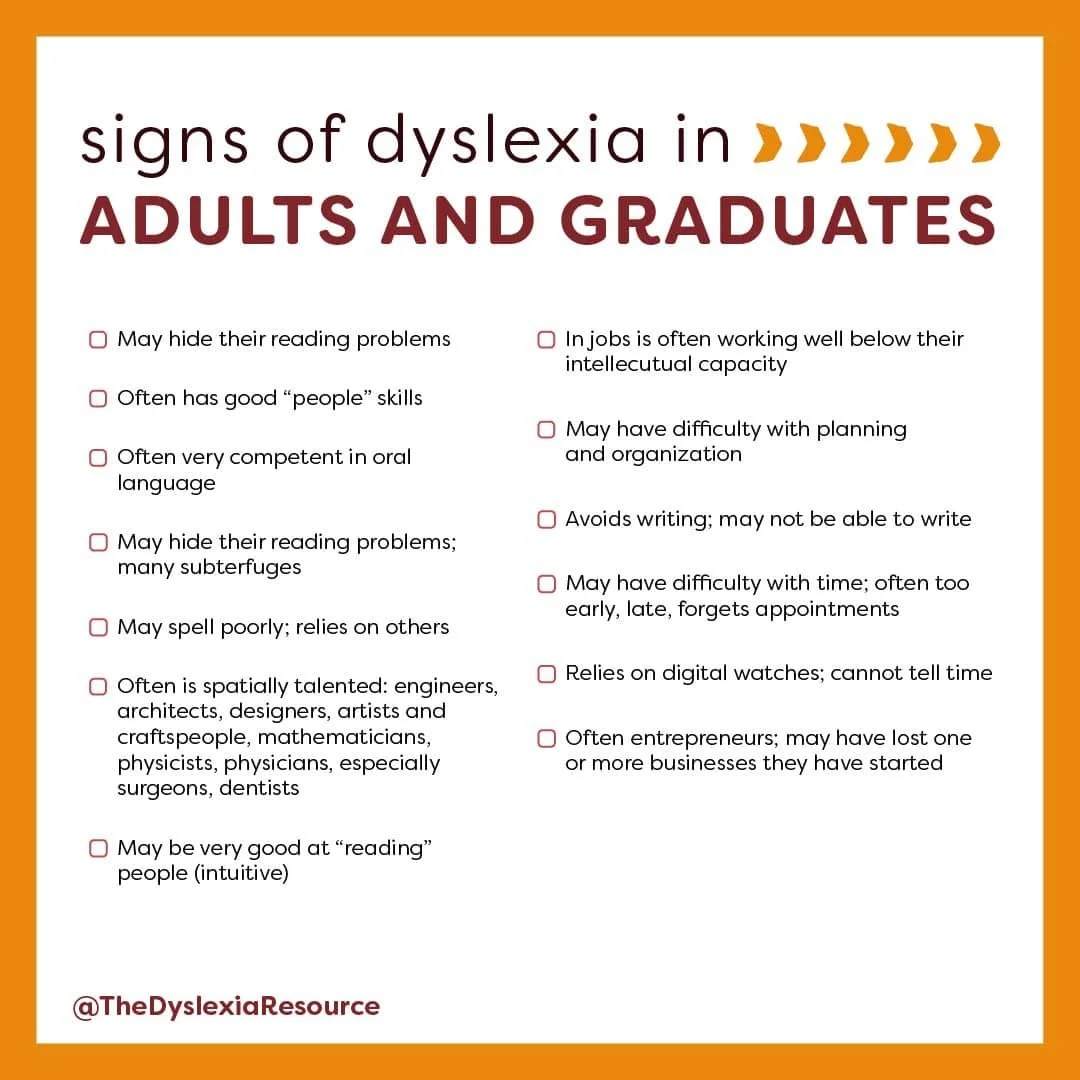Dyslexia Awareness Month: Bringing Light to the Shadow
Written by Katie Nichols, Content Specialist at GogyUpDid you know as many as 1 in 5 people are thought to have some form of dyslexia? Learning disabilities such as dyslexia cast a very long shadow that, when undiagnosed and untreated, have long-term impacts on an adult's quality of life as well as collateral effects on that adult's family and community.
Undiagnosed dyslexia is clearly a hidden crisis. According to a recent UK study by APPG for Dyslexia and other Specific Learning Differences, “80% of young people with dyslexia leave education without a diagnosis”. This is a problem all over the world. In the U.S. over 40 million adults have dyslexia yet only 2 million are diagnosed. The undiagnosed dyslexia crisis and its continual impact remains hidden until events such as Dyslexia Awareness Month bring it to light.
A Snap Reader user recently stated such in a review:
I am 48 years old when I was in school they didn't know about dyslexia and I still have problems reading sometimes this app has helped me a lot thank you very much specially when there's nobody around to help.
Legislative History for Dyslexia and Other Learning Disabilities
Reviewing the history of dyslexia can help us better understand why dyslexia is so prevalent but so poorly addressed.
Although reading challenges were diagnosed in the late 1800s, the term dyslexia wasn’t commonly used in the U.S. until the 1930s. Beginning in the 1960s, doctors and educators started to more widely recognize learning disabilities and public schools and the government began to act. Through the passing of the Individuals with Disabilities Education Act (IDEA) in 1975 (formally known as the Education for All Handicapped Children Act (EAHCA) before being renamed in 1990), public schools are required to provide “free, appropriate public education” for all students, yet ensuring that schools are providing this has been a long process.
Legislation put in place to instruct schools on their roles and responsibilities has seen a lot of change. The No Child Left Behind Act of 2001 reauthorized The Elementary and Secondary Education Act of 1965 (ESEA) and included provisions that hold states and schools more accountable for student progress. But in 2015 No Child Left Behind, thought to be an improvement of ESEA, was repealed and replaced with the Every Student Succeeds Act. IDEA was also updated in 2004, giving parents more rights and better defining the responsibilities of schools. Even with all of these changes, students are still not being provided the education they are entitled to.
In 2017, the U.S. Supreme Court decided the landmark case Endre F. v. Douglas County School District. The parents of a boy with autism sued the school district, saying their son was entitled to more educational benefit than the school district provided under the Individuals with Disabilities Education Act. The Supreme Court ruled that Individualized Education Programs (IEPs) must give kids with disabilities more than a de minimis, or minimal, educational benefit.
The Federal Government has repeatedly stated that all children are entitled to “free, appropriate public education”. So why is it that children (and later, adults) continue to be undiagnosed as dyslexic? One reason - funding.
Funding for Dyslexia and Other Learning Disabilities
According to the National Center for Education Statistics, the average cost of public education per student was nearly $15,000 in 2017-18. The cost to educate a child receiving special education services can be more than twice that. Under IDEA, Congress set a goal to pay states up to 40 percent of the excess cost (of educating children with disabilities), yet the Federal Government is only covering slightly more than 15 percent. The rest is covered by states and local districts.
When it comes to identifying students who have learning disabilities, schools are reluctant. It often falls on the parents to finance a private evaluation for their child. Even then, schools have been reluctant to confirm the results because of the added cost specialized instruction would bring, meaning students who can afford to often rely on private tutors or specialized private schools for the instruction they are legally entitled to. This comes at a great cost, and is unaffordable for many. Private tutoring sessions range from $25-$100, with Orton-Gillingham trained tutors typically charging between $80-$100. It takes approximately 60-100 hours of tutoring to go up one grade level in reading, meaning the cost of tutoring could reach $10,000. Whether or not someone gets diagnosed and receives proper instruction largely comes down to their socioeconomic status.
Awareness Around Reading Instruction
The lack of proper reading instruction affects more than just students with dyslexia. Educators are often taught to use a whole-language approach to reading instruction, rather than phonics instruction. If they do use phonics instruction, it is mostly as an add-on to an approach largely based on whole-language, a method commonly referred to as balanced literacy.
Phonics involves teaching children that words are made up of parts and showing them how different letters and combinations of letters connect to the speech sounds in words. In the 1800s, Horace Mann promoted the whole-language approach as a better alternative to phonics instruction and by the early 1990s it was largely adopted throughout the U.S. Whole-language moves away from the practice of breaking words into parts and instead teaches children to recognize whole words. It emphasizes that reading is a natural process that would occur if children were immersed in a print-rich environment.
The research, however, shows that the written word is not a natural process like talking is. As American Public Media describes it, "writing is a code humans invented to represent speech sounds". In order to read, kids must be taught how to break down words into letters and how those letters represent speech sounds.
Phonics instruction has proven to be beneficial for all students, with or without dyslexia. If more educators made phonics an integral part of their reading instruction, all students would benefit, and parents wouldn't need to enlist the help of outside tutors.
With that being said we thought of gathering some helpful free tools and resources for individuals with dyslexia or those who otherwise could use help improving their reading.
Tips and Tools for Dyslexia
What is dyslexia?
From the International Dyslexia Association:
Dyslexia is a specific learning disability that is neurobiological in origin. It is characterized by difficulties with accurate and/or fluent word recognition and by poor spelling and decoding abilities. These difficulties typically result from a deficit in the phonological component of language that is often unexpected in relation to other cognitive abilities and the provision of effective classroom instruction. Secondary consequences may include problems in reading comprehension and reduced reading experience that can impede growth of vocabulary and background knowledge.
How do I know if I have dyslexia?
If you are curious as to whether you or a loved one has dyslexia, check out these common signs and challenges of dyslexia at different ages.
Source: The Dyslexia Resource
The International Dyslexia Association also has a Dyslexia Self-Assessment for Adults.
We recommend getting a formal diagnostics assessment from a qualified examiner or seeking consultation from a specialist.
Tutoring
Source: Children’s Dyslexia Centers
Children's Dyslexia Centers offers free Orton–Gillingham based tutoring for students K-12 who have been formally diagnosed with dyslexia. They have more than 40 centers in 13 states.
The Center for Effective Reading Instruction (CERI) offers the CERI Certified Professional Directory which includes providers in all 50 states.
The International Dyslexia Association also has a provider directory which includes providers throughout the U.S. and other countries.
These providers offer various professional services including evaluation, therapy, advocacy, and tutoring.
Curb Cuts - Dyslexia Hacks for All
As we pointed out in last week's blog post, there's plenty of resources that end up helping a larger population than they were initially intended for - like curb cuts.
Originally implemented to assist the mobility impaired, the curb cut has been a huge help to any parent pushing a stroller, road warriors pulling a week’s worth of clothes, or children learning to ride their bikes.
Below you'll find resources that everyone may find helpful in their daily lives.
Reformatting Trick
The easiest one to adopt is this reformatting trick a user on Reddit shared. It doesn't require any downloads - all you need to do is adjust the browser screen width to make it more narrow. For online text that isn't fixed the width of each line will be reduced making visual tracking easier.
Reader View Chrome Extension
A similar hack that helps with webpage readability is the Reader View Extension for Chrome. Reader View strips away clutter like buttons, ads and background images, and changes the page's text size, contrast and layout for better readability.
Snap Reader
One of our inspirations for creating Snap Reader, a Text-to-Speech and Text-Reformatting app, was to assist individuals with dyslexia in understanding necessary documents in their day-to-day life, be that menus, textbooks, job instructions, etc. In reviews and feedback forms for our apps we’ve found some users who are legally blind find it useful! Using your phone's camera, take a picture of any text to see it in the app. The app offers Text-to-Speech, Text-Reformatting, word-by-word translation and rich font settings. It’s available for free on iOS and Android.
We hope you found this list of resources helpful. If you'd like to add to this list please email comment@gogyup.com or post a comment on one of our social media posts.










